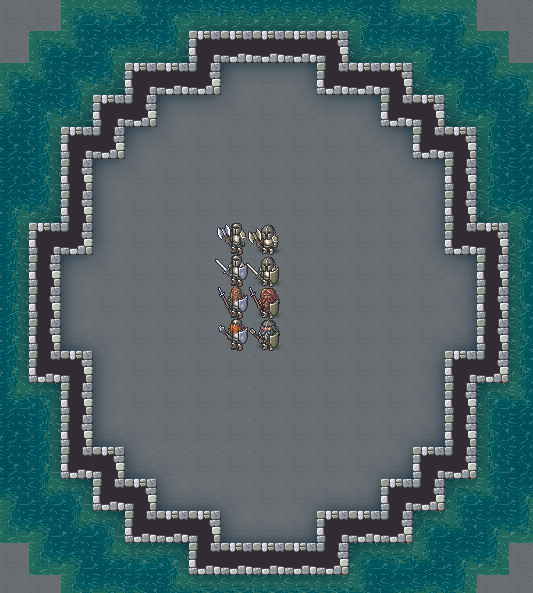

Also, at a certain point, trees can be farmed in muddied underground areas regardless of how barren the surface is. Due to the inexpensive nature of wood, it is possible to simply embark with a large quantity and rely on trade caravans from the elves, humans, and dwarves for your wood needs. Wood is also useful in making potash, for soap or fertilizing farms.ĭespite wood's many uses, it is entirely possible to play without any trees in your biomes. Wood is also a source of charcoal, one possible fuel used to make metal products in standard smelters and forges and required for making steel even when you have magma forges. Also, because creating bins and barrels from metal is an involved process involving more steps, less common resources, and fuel, wood is often preferred for making these items as well. Trees are useful for the wood they provide, and wood is a basic building material, important for being the only material that can be used to create beds. Seen in the above image as "Trees: Sparse" and "Other Vegetation: Moderate".

The selected biome will be highlighted with flashing Xs on the Local Map, and the biome's information will be displayed on the right side of the screen.

Individual biomes, which form at least one map-tile of your embark location, can be cycled with the F#-keys for example, an area with 3 biomes present can be cycled using F1, F2 and F3. On the far right of the screen is a list of local features in the dominant biome. Remember that each tile on your embark screen is 48×48 tiles large. As such, smaller maps are recommended, especially for less powerful computers. This may correspondingly make pathfinding more resource-intensive, generally slow your game down, and have a dramatic effect on the save and load times for your map. The size of the embark location directly affects how much data about a map the game will have to store in your computer's memory and the size of your save files. U, M, K, and H will resize the embark location. The arrow keys control the X cursor in the center "Region" view while u, m, k, and h move the embark location around within the Local view. This restriction will be removed in the future. The world map cannot be directly controlled, and exists only to give you the overall view of where, relative to the rest of the features of the world, the region map is focused on.Ĭurrently, an embark must be entirely within a tile on the "Region" view. The local view constitutes a 16×16 grid of embark area tiles (each representing 48×48 tiles when you are playing the game) that is within a single region tile. A section of highlighted tiles in the Local view indicates the current embark location within the region. You also have to gen a new world after adding this fun tag.The Choose Fortress Location screen shows four separate sections, with three of them being views of the land at different levels of magnification: Local, Region, and World. On the other one, you have to go to adv world gen to change the embark points, easy as that!ĮDIT: Forgot to mention you have to put it under the creature header in the file if you just put it any old place you will not see the effects. Do not mess with the skill rate tag unless you know what you are doing.

If you read in this spoiler you can see where to change the min and max of the skills also, left is the lowest the skill can be and the right is the highest. Put that bad boy in the creature_standard.txt raw and voila you have no cap to skills or attributes and no rusting of good ol'e skills and you get them x5 as fast.


 0 kommentar(er)
0 kommentar(er)
